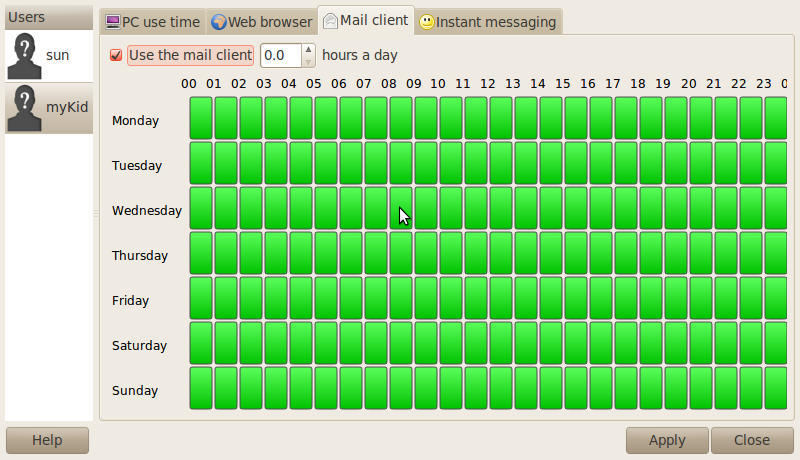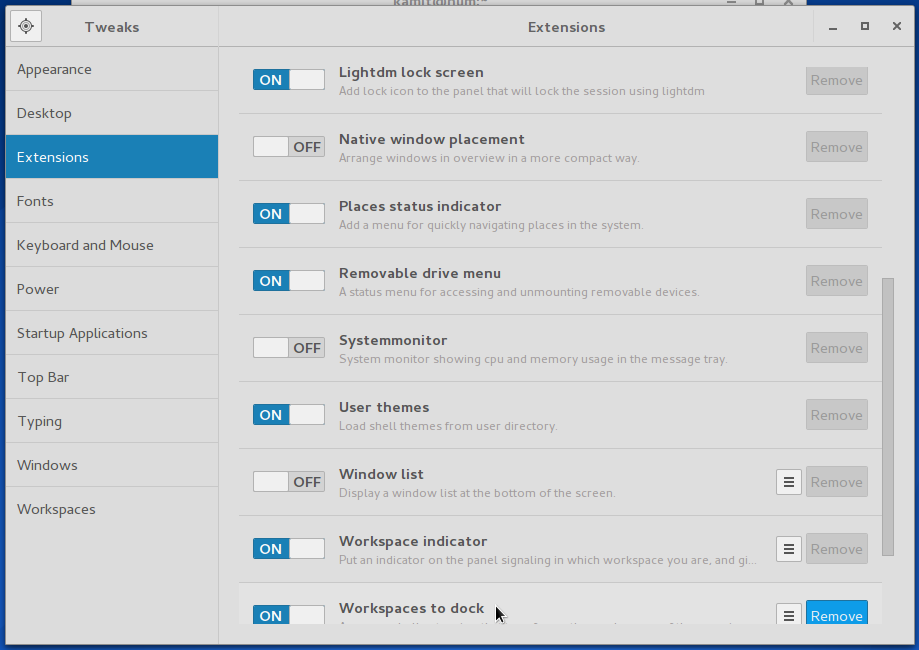One of the most useful, but often misunderstood and misconfigured, features of NGINX is rate limiting. It allows you to limit the amount of HTTP requests a user can make in a given period of time. A request can be as simple as a GET request for the homepage of a website or a POST request on a login form.
Rate limiting can be used for security purposes, for example to slow down brute force password guessing attacks. It can help protect against DDoS attacks by limiting the incoming request rate to a value typical for real users, and (with logging) identify the targeted URLs. More generally, it is used to protect upstream application servers from being overwhelmed by too many user requests at the same time.
In this blog we will cover the basics of rate limiting with NGINX as well more advanced configurations. Rate limiting works the same way in NGINX Plus.
How NGINX Rate Limiting Works
Read the complete article here.








